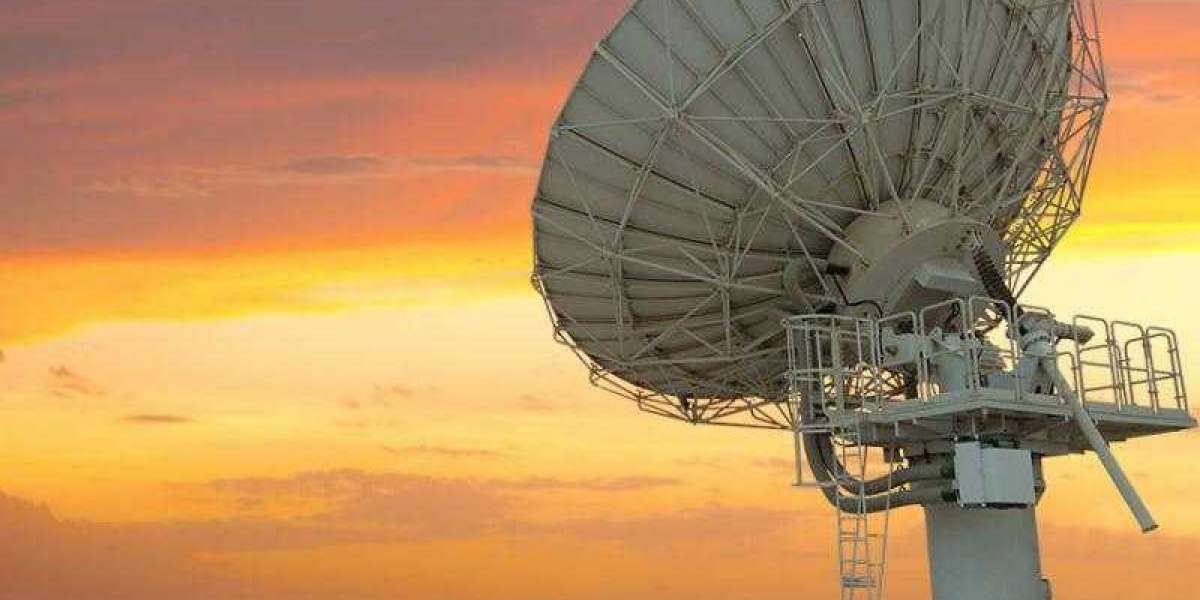FSRU Market Demand:
Energy Transition: Many countries have been transitioning towards cleaner energy sources, with natural gas being considered a transitional fuel due to its lower carbon emissions compared to coal and oil. FSRUs provide flexibility in accessing LNG, enabling these countries to meet their energy needs while reducing their carbon footprint.
Lack of Infrastructure: Some regions lack the necessary infrastructure for receiving LNG, such as onshore terminals. FSRUs offer a quicker and more cost-effective solution for these areas to access natural gas.
Flexible Infrastructure: FSRUs are mobile and can be moved to different locations depending on demand fluctuations. This flexibility makes them attractive to regions with seasonal variations in energy consumption.
Economic Considerations: Building onshore LNG terminals can be capital-intensive and time-consuming. FSRUs can be deployed relatively quickly, making them a viable option for regions requiring rapid access to LNG.
Market Liberalization: Deregulation and liberalization of energy markets in various countries have driven the need for flexible and adaptable LNG import solutions.
Emerging Economies: Developing economies that are striving to enhance their energy security and meet growing energy demands find FSRUs appealing due to their adaptability.
Floating Storage and Regasification Units (FSRU): The Future of LNG Importation
As the demand for liquefied natural gas (LNG) continues to grow, so too does the need for innovative solutions to import, store, and regasify this valuable resource. One such solution is the Floating Storage and Regasification Unit (FSRU), which is quickly becoming a popular choice for countries looking to import LNG in a cost-effective and efficient manner.
FSRU (Floating Storage and Regasification Unit) Market is expected increase USD 3.8 Billion by 2032 at a CAGR of approx. 7.90%.
What is an FSRU?
An FSRU is essentially a floating LNG terminal that combines the functions of a storage tank and a regasification facility in a single unit. It typically consists of a large LNG storage tank, a regasification system, and mooring equipment to secure the unit in place. FSRUs can be built as standalone units or converted from existing LNG carriers.
The FSRU Regasification Process
The regasification process in an FSRU involves the conversion of LNG back into natural gas, which can then be sent to the onshore pipeline network. The process begins with LNG being transferred from an LNG carrier to the FSRU's storage tank. Once the LNG is stored, it is heated and vaporized using seawater or glycol. The resulting gas is then sent through a series of filters to remove any impurities and sent to the onshore pipeline network via a subsea pipeline.
FSRU Technology - The technology behind FSRUs has come a long way in recent years, making them a reliable and cost-effective solution for LNG importation. One of the key advancements has been the development of regasification systems that can handle a wide range of LNG compositions and flow rates. This means that FSRUs can be used to import LNG from a variety of sources, including small-scale LNG projects and major LNG producers.
Another important aspect of FSRU technology is the ability to quickly and easily convert existing LNG carriers into FSRUs. This allows countries to bring FSRUs online quickly and at a fraction of the cost of building a traditional onshore LNG terminal.
Benefits of FSRUs
There are several benefits to using FSRUs for LNG importation. One of the primary benefits is cost savings. FSRUs are typically less expensive to build and operate than traditional onshore LNG terminals. Additionally, FSRUs can be brought online much more quickly than traditional terminals, allowing countries to meet their LNG import needs in a shorter timeframe.
Another benefit of FSRUs is their flexibility. Since FSRUs are mobile and can be easily relocated, they can be used to support a variety of import projects, from small-scale imports to major LNG terminals.
FSRUs are also a more environmentally friendly option than traditional LNG terminals. Since FSRUs are located offshore, they have a smaller environmental impact on the surrounding area. Additionally, FSRUs use seawater or glycol to vaporize the LNG, which means that they do not require the use of large amounts of energy to regasify the LNG.
Challenges of FSRUs
While there are many benefits to using FSRUs, there are also some challenges that need to be addressed. One of the main challenges is the need for suitable offshore locations to moor the units. This can be especially challenging in areas with deep water or harsh weather conditions.
Another challenge is the need for skilled personnel to operate and maintain the FSRUs. Since FSRUs are a relatively new technology, there is a shortage of skilled technicians and engineers who are familiar with the technology.


